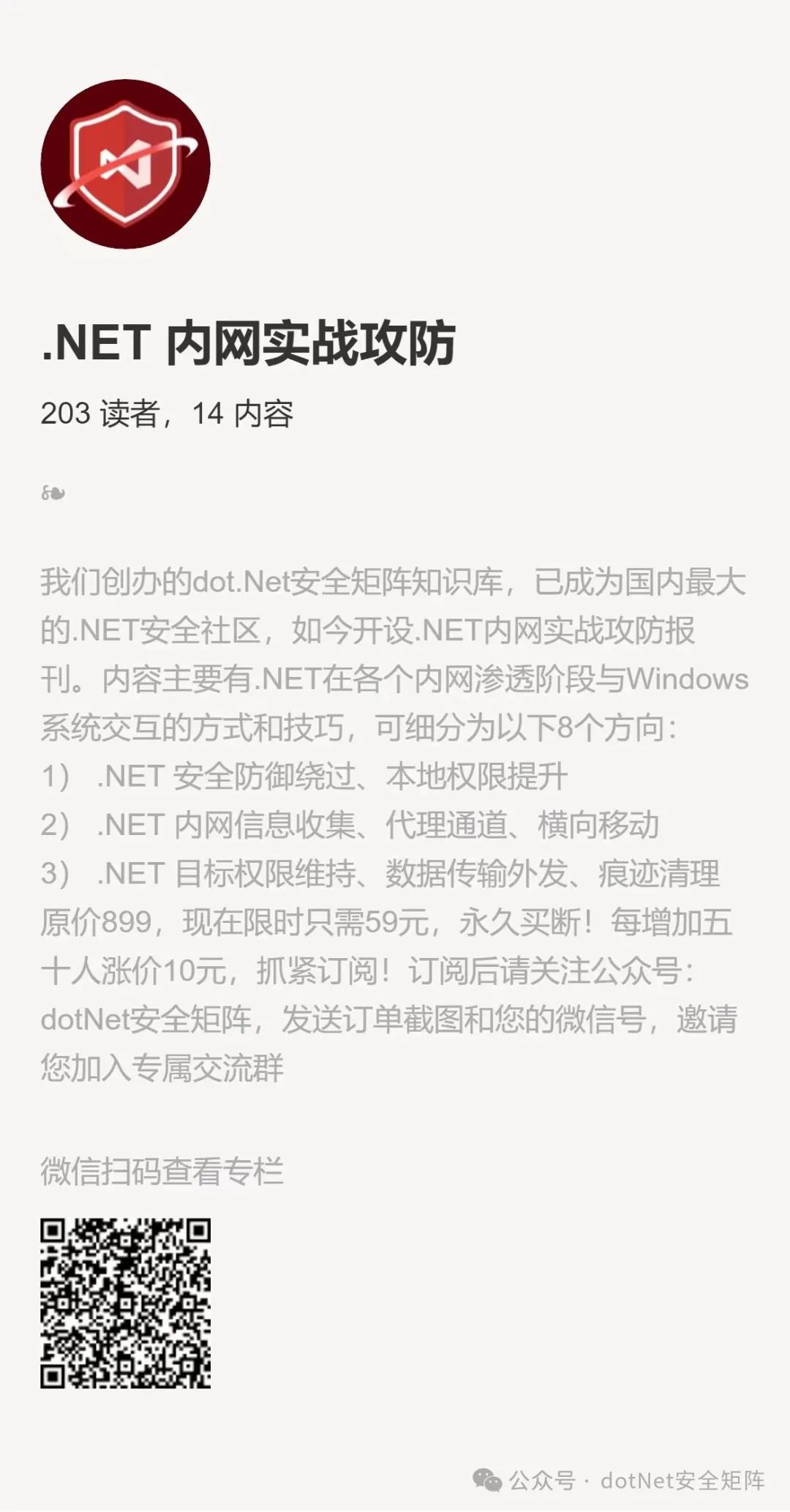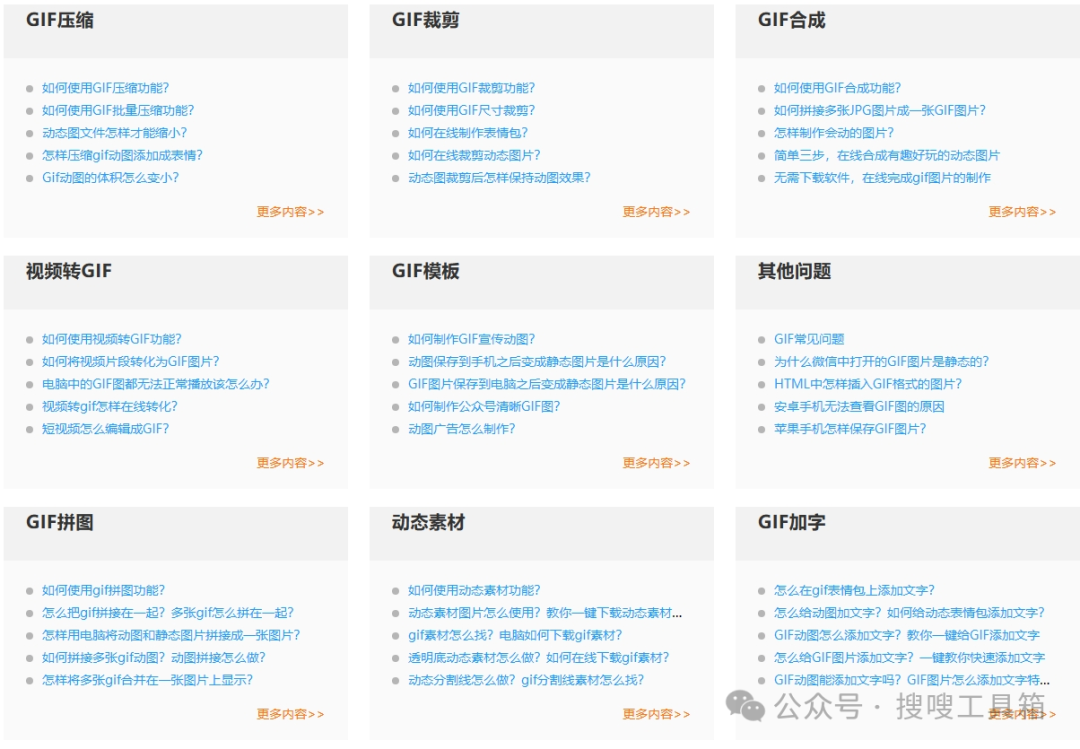1.WebAPI中定义的GET、POST方法
[HttpGet(Name = "GetWeatherForecast")]public IEnumerable<WeatherForecast> Get(){return Enumerable.Range(1, 5).Select(index => new WeatherForecast{Date = DateTime.Now.AddDays(index),TemperatureC = Random.Shared.Next(-20, 55),Summary = Summaries[Random.Shared.Next(Summaries.Length)]}).ToArray();}[HttpPost]public string Post([FromBody] WeatherForecast message, [FromQuery] string param){//定义json格式返回结果var result = new { code = 0, city = param, data = message };return JsonConvert.SerializeObject(result);//return JsonSerializer.Serialize(result);}2. WebAPI方法的调用
创建一个控制台应用程序,分别发送GET、POST请求。
// See https://aka.ms/new-console-template for more informationusing System;
using System.Text;
using System.Text.Json;
using System.Net.Http;
using System.Net.Http.Headers;
using System.Net;internal class Program
{private static async Task Main(string[] args){//GET请求string url2 = $"http://localhost:5003/api/WeatherForecast/get";httpResponse(url2, "", "GET");//POST请求string param = "北京";string url = $"http://localhost:5003/api/WeatherForecast/post?param={Uri.EscapeDataString(param)}";var weather = new{Date = "2024-09-14T16:41:37.2488358+08:00",TemperatureC = 18,Summary = "温暖"};string content = JsonSerializer.Serialize(weather);httpResponse(url, content, "POST");Console.ReadLine();}private static async void httpResponse(string url, string message,string type = ""){//调用CoreWebAPI项目中的Post方法using (var client = new HttpClient()){var content = new StringContent(message, Encoding.UTF8, "application/json");Console.WriteLine("Sending request...");Console.WriteLine($"URL: {url}\r\n ");// 发送请求 var response = new HttpResponseMessage();if (type.ToUpper() == "POST") {response = await client.PostAsync(url, content);}else if (type.ToUpper() == "GET"){response = await client.GetAsync(url);}// 读取响应内容 if (response.IsSuccessStatusCode){string responseBody = await response.Content.ReadAsStringAsync();Console.WriteLine("Request succeeded:");Console.WriteLine(responseBody);}else{Console.WriteLine("Request failed:");Console.WriteLine($"Status Code: {response.StatusCode}");string responseBody = await response.Content.ReadAsStringAsync();Console.WriteLine($"Response Body: {responseBody}");}}}
}
3.参数特性[FromBody]、[FromBody]
在ASP.NET Core Web API中,[FromBody]和[FromQuery]是两种常用的参数绑定特性(Attributes),它们分别用于控制参数值从HTTP请求的哪个部分获取。这对于编写清晰、易于理解的API接口非常重要。
1. [FromBody] 标记的参数
当使用[FromBody]特性时,参数值会从请求的Body部分读取。这通常用于处理JSON或XML格式的复杂数据类型。[FromBody]通常只能应用于一个参数,因为HTTP请求的Body通常只包含一次性的数据块,ASP.NET Core会尝试将整个Body反序列化为指定的类型。
如何传参:
-
客户端请求:通常,你需要通过HTTP POST或PUT请求发送JSON或XML格式的数据到服务器的Body部分。
-
示例:
假设你有一个API接口,期望接收一个用户对象作为参数。
-
[HttpPost] public IActionResult CreateUser([FromBody] User user) { // 处理用户对象 }客户端发送的HTTP请求体(以JSON为例)可能如下:
-
{ "name": "John Doe", "email": "johndoe@example.com" }2. [FromQuery] 标记的参数
[FromQuery]特性用于从请求的URL的查询字符串中获取参数值。这对于简单的键值对参数特别有用,如分页参数、搜索过滤器等。如何传参:
-
客户端请求:在请求的URL后面添加查询字符串,格式为
?paramName=value。 -
示例:
假设你有一个API接口,需要分页获取用户列表,接口期望接收页码和每页显示条数作为参数。
-
[HttpGet] public IActionResult GetUsers([FromQuery] int page = 1, [FromQuery] int pageSize = 10) { // 处理分页逻辑 }客户端请求的URL可能如下:
-
https://yourapi.com/api/users?page=2&pageSize=5注意事项
- 当你使用
[FromBody]时,请确保请求的Content-Type头部被正确设置(如application/json),以便ASP.NET Core能够正确地解析请求体。 - 通常,一个请求只能有一个
[FromBody]参数,因为HTTP请求的Body是流式的,一旦被读取就无法再次读取。 [FromQuery]参数可以从URL的查询字符串中读取多个参数,非常适合处理简单的GET请求。- 除了
[FromBody]和[FromQuery],ASP.NET Core还提供了[FromRoute]、[FromForm]等特性,用于从路由参数、表单数据等位置获取参数值。





